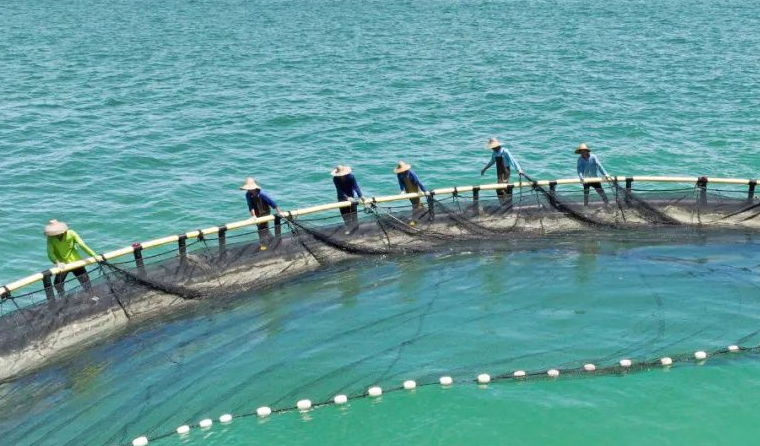
The price of underwater breeding cameras varies greatly, ranging from $150 to over $150,000, mainly affected by four core factors: equipment configuration, pressure-resistant depth, brand positioning and customization needs. The demand differences in different breeding scenarios directly determine the price range, and reasonable selection needs to balance practicality and budget.
Basic entry-level models are concentrated in the price range of $150-$500, suitable for simple breeding scenarios in shallow water areas. Most of these models are domestic brands (such as basic models of Barlus), with a pressure-resistant depth of 10-30 meters, IP68 waterproof rating, CMOS sensors, and resolutions of 2 million to 5 million pixels, which can meet the basic observation needs of ponds and small freshwater cages. Some entry-level models have basic anti-corrosion designs but no additional functions such as automatic cleaning and night vision, which are suitable for small and medium-sized farmers to try in the early stage.
Mid-to-high-end main models are priced at $500-$5,000, covering mainstream breeding scenarios. Conventional breeding models of international brands such as Sony and Panasonic are mostly in this range, with a pressure-resistant depth of up to 30-80 meters, using 316L stainless steel casings and sapphire lenses, with salt corrosion resistance and anti-microbial erosion performance. In terms of configuration, it is upgraded to 8-megapixel high-definition imaging and infrared night vision functions. Some models are equipped with a lens wiper cleaning system (such as Barlus SK2F-4DWX10 model), which is suitable for regular monitoring in medium and deep water areas such as offshore seawater cages and kelp breeding areas.
High-end customized models generally cost more than $5,000, and can reach over $150,000 for special scenarios. For deep-sea breeding (over 100 meters) or high-density intensive breeding needs, it is necessary to customize high-pressure and pressure-resistant bodies, low-light compensation systems and intelligent analysis modules. For example, professional customized models of Leica and Hasselblad can be equipped with real-time data transmission and fish behavior recognition algorithms, and cooperate with underwater robots to realize remote control; some batch customization projects (including installation and commissioning) will have significantly increased overall quotations due to needs such as extended cables and customized brackets.
In addition, brand premium significantly affects prices: international first-tier brands (Sony, Canon) are 30%-50% more expensive than domestic brands, but have better after-sales support; additional services (such as three-year warranty, technical training) will increase the unit price by 10%-20%. It is recommended to prioritize models that match the pressure-resistant level of the actual scenario and core functions according to breeding water depth, monitoring accuracy and budget, so as to avoid waste caused by over-configuration.
For more information about underwater aquaculture camera, please visit the homepage.